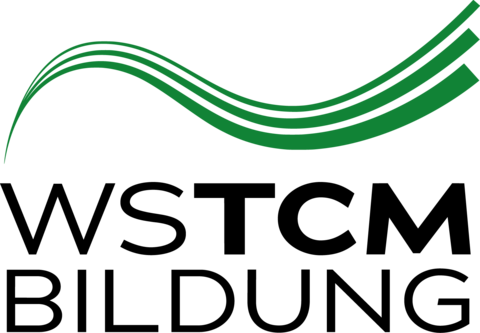Personen
Verweise
Zhang, Yibo: Antiviral potential of the Genus Panax [Aufsatz] : an updated review on their effects and underlying mechanism of action / Yibo Zhang, Xuan Lei Zhong, Zhichao Xi, Yang Li, Hongxi Xu , 2023. - 10 Seiten.
Abstract
Viral infections are known as one of the major factors causing death. Ginseng is a medicinal plant that
demonstrated a wide range of antiviral potential, and saponins are the major bioactive ingredients in the
genus Panax with vast therapeutic potential. Studies focusing on the antiviral activity of the genus Panax
plant-derived agents (extracts and saponins) and their mechanisms were identified and summarized,
including contributions mainly from January 2016 until January 2022. P. ginseng, P. notoginseng, and
P. quinquefolius were included in the review as valuable medicinal herbs against infections with 14 types
of viruses. Reports from 9 extracts and 12 bioactive saponins were included, with 6 types of protopanaxadiol
(PPD) ginsenosides and 6 types of protopanaxatriol (PPT) ginsenosides. The mechanisms mainly involved the inhibition of viral attachment and replication, the modulation of immune response by regulating signaling pathways, including the Janus kinase (JAK)/signal transducer and activator of transcription (STAT) pathway, cystathionine g-lyase CSE)/hydrogen sulfide (H2S) pathway, phosphoinositide-dependent kinase-1 (PDK1)/ protein kinase B (Akt) signaling pathway, c-Jun N-terminal kinase (JNK)/activator protein-1 (AP-1) pathway, and nuclear factor kappa-light-chain-enhancer of activated B cells (NF-kB) pathway. This review includes detailed information about the mentioned antiviral effects of the genus Panax extracts and saponins in vitro and in vivo, and in human clinical trials, which provides a scientific basis for ginseng as an adjunctive therapeutic drug or nutraceutical.
© 2022 The Korean Society of Ginseng. Publishing services by Elsevier B.V. This is an open access article under the CC BY-NC-ND license

